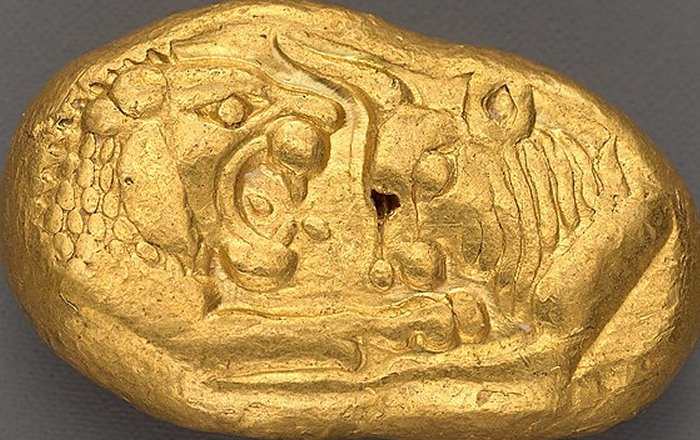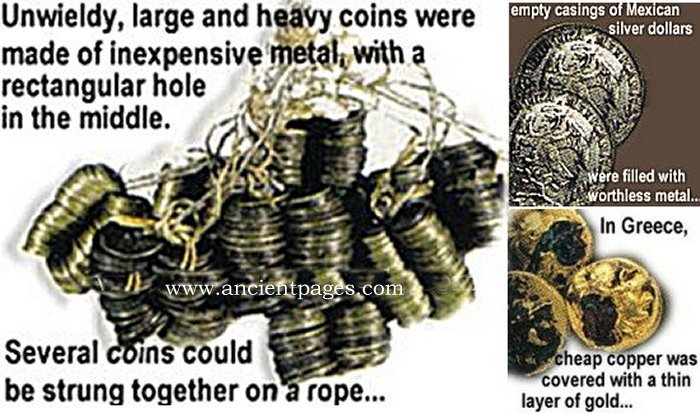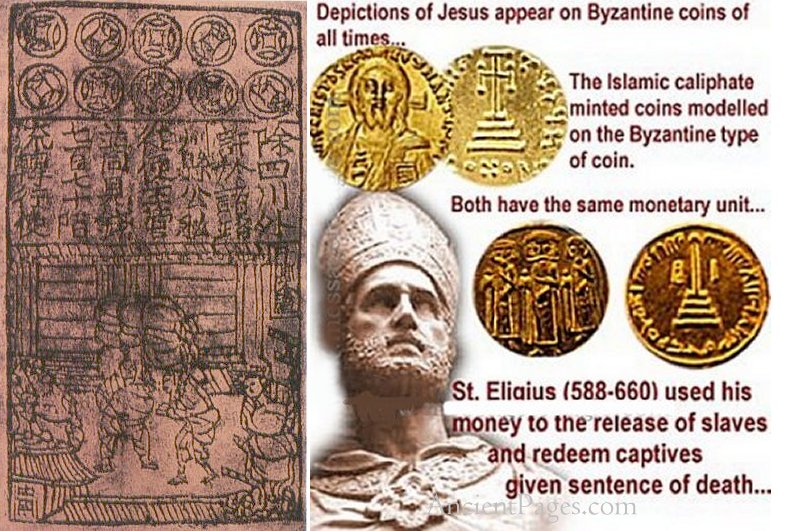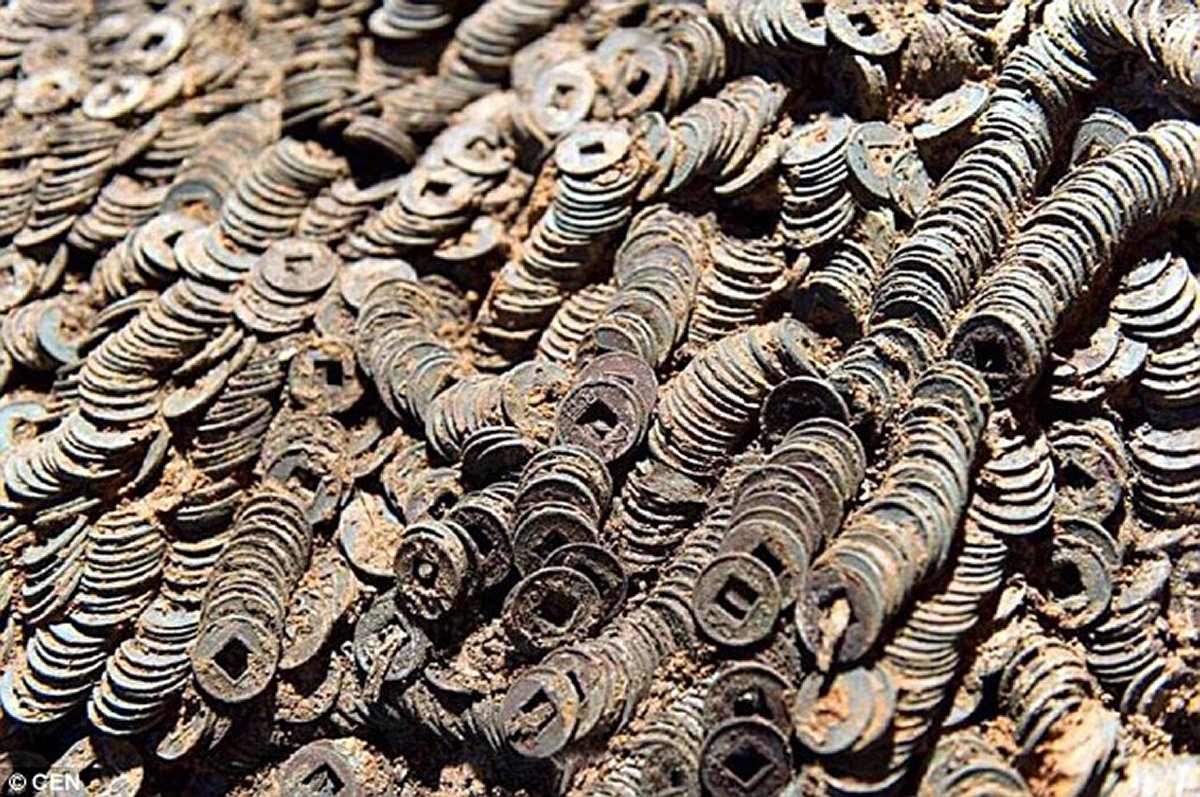A. Sutherland – AncientPages.com – Even ordinary people were involved in the flourishing trade, and soon Lydia became one of antiquity’s most prosperous kingdoms.

Gold stater of Croesus. Sardis. Middle Lydian, ca. 560-546. (1 x 1.4 x 0.2 cm). Gift of The American Society for the Excavation of Sardis, 1926. source. Public Domain
A constant stream of merchants from the known world often visited Lydia to buy a great variety of coveted goods. First stores emerged in Lydia. All our shops worldwide originate from the Kingdom of Lydia because the Lydians were the first to establish retail shops in permanent locations.
Counterfeiting and falsification of coins and banknotes have a long history worldwide. It began even before the appearance of currency as we understand it today.
Prehistoric falsifiers made many successful attempts to produce worthless coins of worthless metal, and money owners have always tried to avoid counterfeits. Unfortunately, fakes and forgeries were widespread, and it was a flourishing business, which is also today often very successful.
In Greece, for example, prehistoric falsifiers covered cheap copper with a thin layer of gold and tin they used to cover with the thin layer of silver. In the 1930s, falsifiers filled empty casings of Mexican silver dollars with worthless metal (often tin).

There have also been attempts to file round coins and make them similar to a British Fifty pence coin, a rounded heptagon.
In antiquity, often counterfeiting of gold and silver coins was widespread, so merchants checked the authenticity of coins by cutting them in half.
One Means To Examine Carat Gold’s Authenticity Was A Black Stone
At first, merchants carved stone with golden needles of different carats. Then, they could compare marks made by examined coins with those carved on the black stone.
In the 9th century, the Chinese seemed tired of using their unwieldy coins that were difficult to move because of their size, shape, or weight.

Left: Gyoza with a face value of 77,000 sen, a banknote issued in the Sichuan region in the Northern Song Dynasty of China . It is said to be the first banknote in the history of the world. Public Domain.; Right: Image credit: AncientPages.com
The 9th-century coins of inexpensive metal with a rectangular hole in the middle were large and heavy, and people used to string them together on a rope.
Coins of those times were decorated with simple inscriptions, leading to easy counterfeiting, so it was time to change them with something better, easier to use and at the same time protecting them from forgeries.
One of the innovations was introducing paper money much more accessible to carry than coins. They became so popular that people used them in trade. A popular approach was to deposit cash and get a guarantee note on the coins’ value from a merchant. In 1023, China formed a government agency responsible for printing paper money in China.

Coins decorated with Chinese symbols, characters, and a square hole at its centre, discovered
at a dig site in the Xinjian District, Nanchang, capital of East China’s Jiangxi Province. Image credit: @CEN
The banknotes were much more difficult to counterfeit than iron coins. Soon they became a successful invention.
But throughout history, money was involved not only in trade operations. Depictions of Jesus appear on Byzantine coins of all times. The Islamic caliphate minted coins modeled on the previous Byzantine type of coin. Both have the same monetary unit.
St. Eligius (588-660) was profoundly religious and unique. He was a skilled goldsmith and coin maker of great skill. He used his wealth, money, and influence for spiritual purposes.
Entering the priesthood in 641, he set up monasteries and erected churches. His compᴀssion led to his being known for his good deeds, particularly for his persuasive work in raising founds to redeem the given sentence of death or sold into slavery.
The money helped him to help others…
Read part 1 of this article
Written by – A. Sutherland AncientPages.com Staff Writer
Copyright © AncientPages.com All rights reserved. This material may not be published, broadcast, rewritten, or redistributed in whole or part without the express written permission of AncientPages.com
Expand for references
References:
G. Davies, “History of Money”
S.R. Wagel, “Chinese Currency And Banking”





